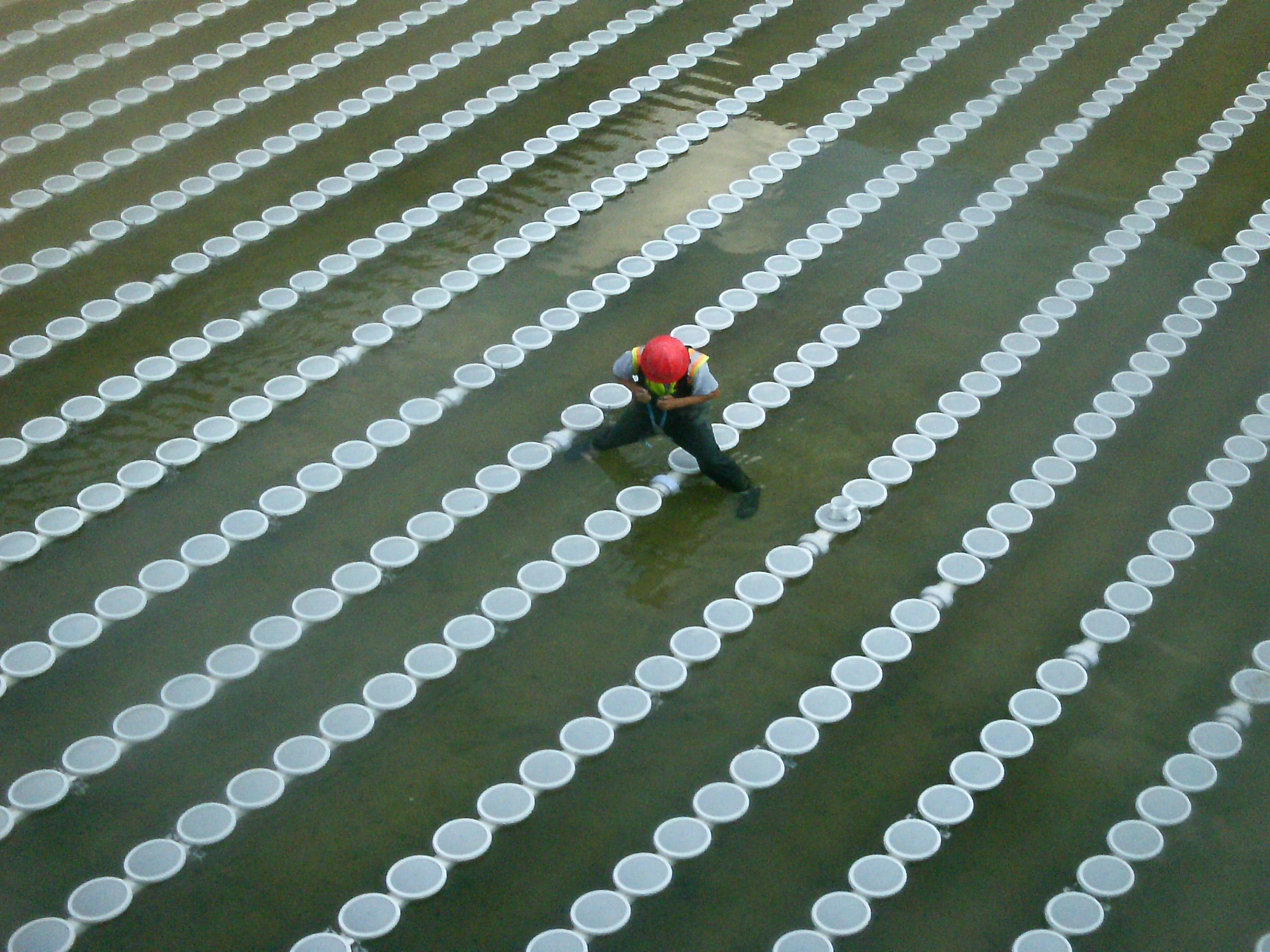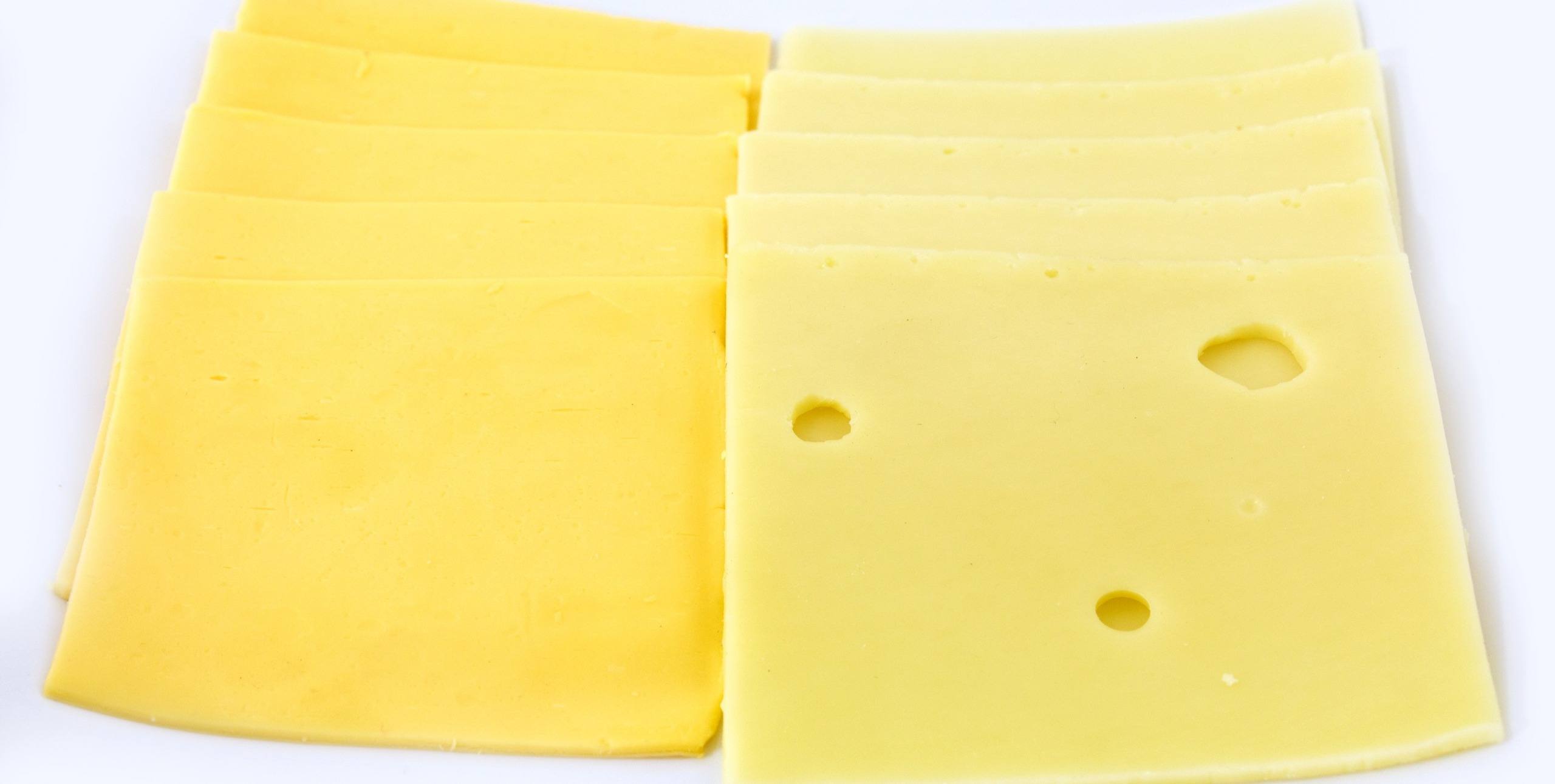Contact Us Today
Dairy and Cheese Processing Wastewater Treatment
The dairy industry is complex and encompasses several processes to turn raw milk into consumable milk, yogurt, cheese, ice cream, condensed milk, desserts and other milk-based products. Steps for doing so include pasteurization, chilling or homogenization.
Applications
Milk and cheese processing plants use water throughout daily operations, constantly creating wastewater. Processes like washing, cleaning, disinfecting, heating, cooling and manufacturing contribute to the facility’s total water usage. It is estimated that the amount of wastewater the dairy industry creates can be up to two and a half times higher than the total volume of processed milk products produced, making wastewater treatment crucial.
Contaminants
Dairy and cheese effluent can contain several types of contaminants, including:
- Biological oxygen demand (BOD)
- Chemical oxygen demand
- Total suspended solids
- Total dissolved solids
- Pathogens
For example, many dairy products produce high BODs, such as cream, butter, whey and cheese. Common contaminants found within dairy and cheese processing wastewater include:
- Fats
- Curd pieces
- Grease
- Dissolved sugars
- Proteins
- Whey
- Cleaning contaminants
- Oils
- Lactose
- Flavoring agents
- Phosphates
- Cheese pieces
- Starter cultures
- Additive residue
Other potential contaminants are milk film and spilled, spoiled or skimmed milk. These contaminants can appear in wastewater throughout many parts of the dairy production process.
Processes
The dairy industry has several processes that produce wastewater. Some of these operations are:
- Pasteurization: The pasteurization process requires milk to be heated to a specific temperature. This essential step kills bacteria that cause diseases like tuberculosis, listeriosis, diphtheria, typhoid fever and brucellosis. Modern pasteurization often uses extremely hot water, which becomes wastewater after use.
- Homogenization: Processing plants use homogenization to give processed milk its bright white color and smooth texture. Fat globules are reduced to much smaller sizes and dispersed throughout the milk. The milk is pumped through tiny openings under high pressure to achieve homogenization. The homogenizer requires water for operation and cleaning.
- Chilling: Chilling is the rapid cooling of raw milk to a temperature where microorganisms and bacteria stop growing for a specific period. Water-cooled systems use a constant flow of cold water to lower the milk’s temperature.
Best Dairy and Cheese Processing Wastewater Systems
The wastewater from dairy processing plants should be appropriately treated before discharge. SSI Aeration, Inc. offers several wastewater treatment options to help optimize dairy processing plants. These options include:
- Disc diffusers: SSI Aeration, Inc. offers several types of disc diffusers. This selection features fine bubble, ECD and PODs™ diffusers.
- Bubble diffusers: Coarse bubble diffusers are popular choices for secondary treatment applications. SSI Aeration, Inc. offers Reliaball™, wide band and AFC cap options.
- PTFE membranes: SSI Aeration, Inc. also has multi-layer PTFE aeration diffuser membranes. They have an EDPM substrate and a PTFE surface layer to help improve quality and efficiency.
Choose SSI Aeration, Inc., for Wastewater Needs
Dairy processing plants can benefit from high-quality treatment solutions. Improve any milk or cheese production and processing plant’s wastewater handling strategies with the help of SSI Aeration, Inc. products.
Call 845-454-8171 or contact the SSI Aeration, Inc. team online to get started!
Contact Us
Difusores Tubulares de Burbuja Fina
Los difusores tubulares de burbuja fina de SSI Aeration son fabricados con materiales de membrana de avanzada que ofrecen una sobresaliente resistencia química y al taponamiento. Adicionalmente ofrecen la más […]

Modernización
Los productos patentados de SSI son compatibles con la mayoría de los sistemas instalados alrededor del mundo. Nosotros le brindamos soporte técnico a nuestros clientes con el fin de […]

Effective wastewater treatment in the food industry is essential. Thanks to the widespread use of water in the food and beverage markets, production and processing facilities need dependable cleaning […]

Effective wastewater treatment in the food industry is essential. Thanks to the widespread use of water in the food and beverage markets, production and processing facilities need dependable cleaning […]







